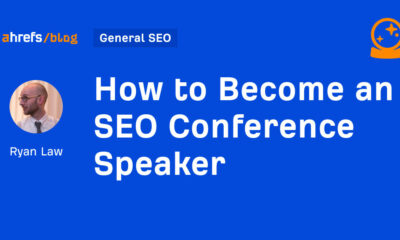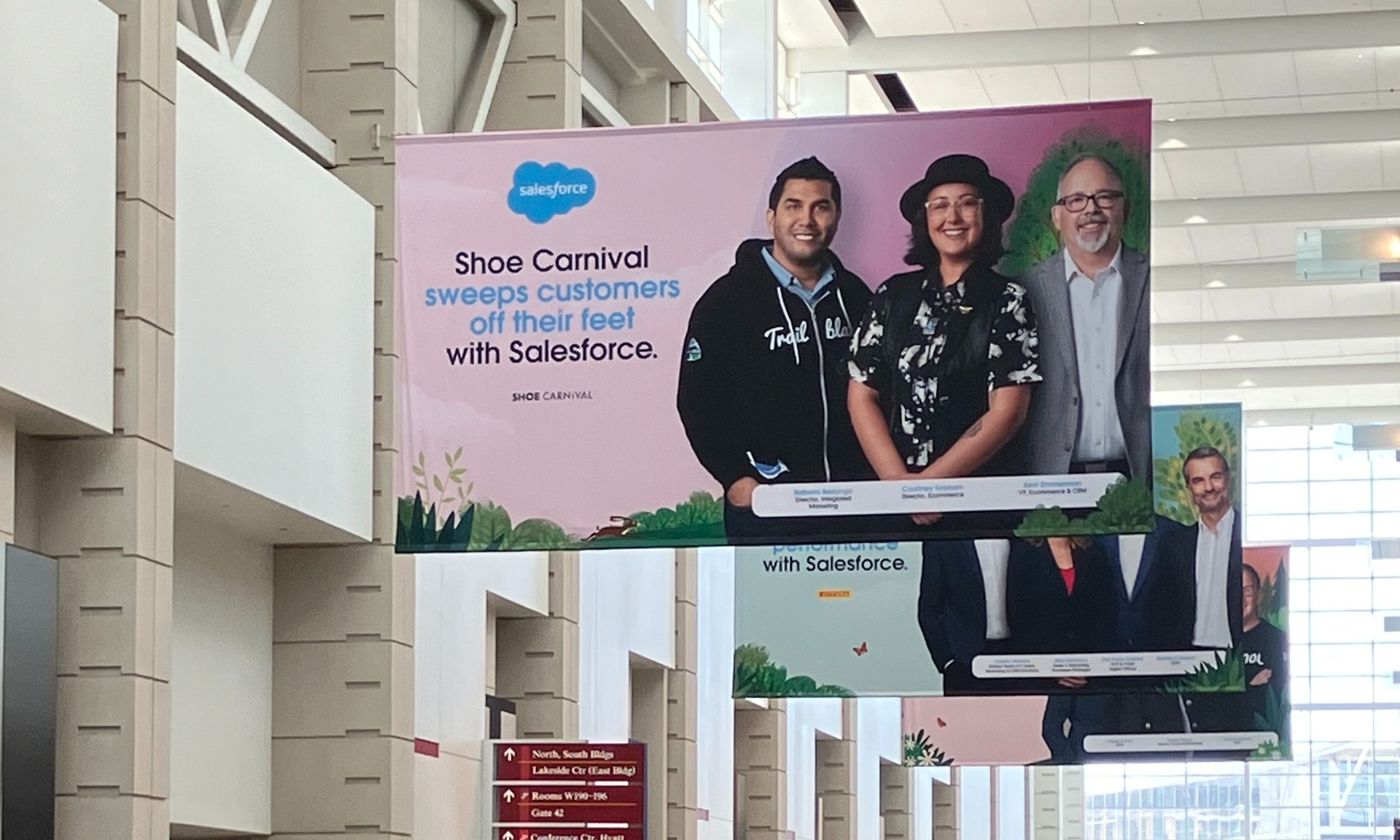
Today, the MarTech conference (registration is free) kicked off its slate of more than 55 sessions over two days with a keynote delivered by editorial director Kim Davis. In his theme-setting comments, recorded at the Manhattan offices of public relations agency Channel V Media, Davis remarked on the way our lives have changed over the last two years, and how the relationships between marketers and buyers have been digitally transformed.
“It’s been necessary at one time or another to find a way to do just about everything digitally,” Davis said.
Journeys have changed for digital consumers
“We’ve all made big changes with the way we live and work, how we buy and what we even think about buying,” he continued.
The digital channels that connect marketers and their customers provide new ways for brands to develop a “lasting relationship” as they build “the customer journey of a lifetime.”
“There’s all the talk about customer lifetime value, the importance of building a lasting relationship with your customers based on trust and shared values that brings them back to engage with you again and again,” said Davis. “This is especially important in the subscription economy where a brand is selling services or experiences, where all but the most basic commodity purchases should reflect an interaction that goes beyond a one-and-done transaction.”
B2B marketers should also plant seeds for lasting relationships
The strategy for building lasting relationships for consumer products and services also extends to B2B marketing in this digitally transformed environment.
“We should realize we’re not just talking about consumers, we’re also talking about lifetime engagement with B2B accounts or buying teams,” Davis explained. “Relationships need to be nurtured and contracts renewed, and you want to continue to be front-of-mind to your buyers when they move onto a new role or a new job.”
Building compassion into consumer relationships
“We have to understand that there’s so much weighing on consumers now, and they’ve really been through a true crucible with two years of pandemic, which created a kind of accidental laboratory for different ways of leading your life,” said Kate Muhl, VP analyst at Gartner. “And so we have to expect that consumers are going to take all those ways that they’re thinking differently about how to run their day-to-day, and all the big questions they’re asking, and we’re going to have to expect they’re going to bring some of that ‘revolutionary spirit’ to the relationships they have with marketers.”
Muhl added that marketers can decide to be a champion for the kinds of changes that consumers are making in their lives and the ways that a company’s services can empower the consumer by accommodating those changes. Beyond that, they can also, vocally, be kind of cheerleader for this change in the consumers’ lives.
More omnichannel access to consumers
Canadian luxury menswear brand Harry Rosen is known for its personal approach to customers who buy designer goods in-store, but they’ve also learned to embrace digital experiences as their customers’ lives have transformed over the last two years.
“We’ve really moved into an omnichannel experience where, of course, there’s a digital experience at HarryRosen.com, and customers toggle between both physical and digital footprints,” said Trinh Tham, CMO, EVP marketing and e-commerce for Harry Rosen.
She added, “We’ve really focused on meeting customers where they are, and everything we do is driven by – what do we wish for our customers’ experience, and what do we wish for our customer to experience through our brand?”
Scott Vaughan, chief advisor for Vaughan GTM Advisory, has seen B2B buyers adopt more digital behaviors as they do research for their purchases online.
“As soon as we started the lockdown with the pandemic (in 2020), so many of the decision-makers were working remotely, so they had no option but to do online, digital research,” said Vaughan.
To build lasting relationships with buyers, marketers will have to take into account these changes in behavior and incorporate them into their strategies, moving forward.
“Some of these changes may be temporary,” Davis concluded. “Many of them will not.”














![YouTube Ad Specs, Sizes, and Examples [2024 Update] YouTube Ad Specs, Sizes, and Examples](https://articles.entireweb.com/wp-content/uploads/2024/06/YouTube-Ad-Specs-Sizes-and-Examples.jpg)















You must be logged in to post a comment Login